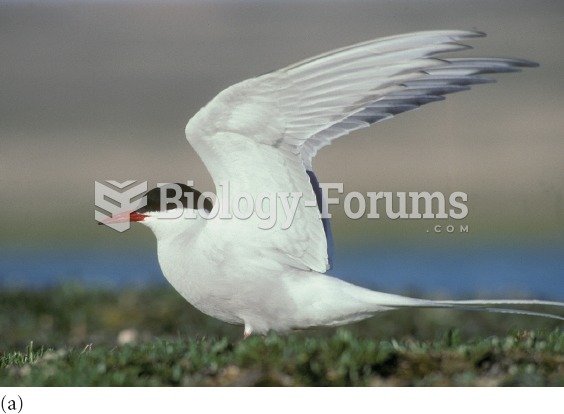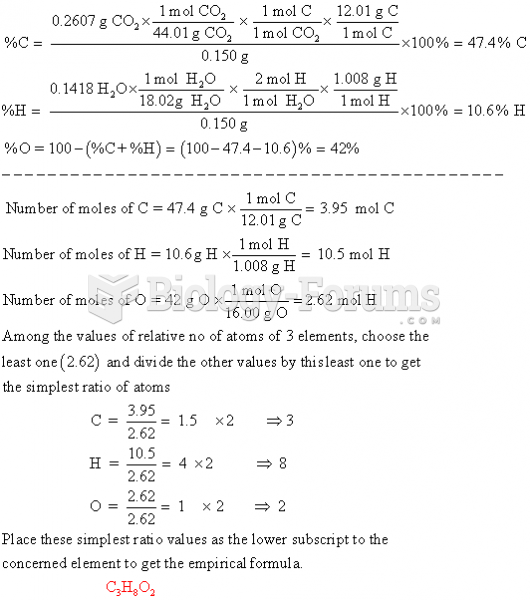|
|
|
Intradermal injections are somewhat difficult to correctly administer because the skin layers are so thin that it is easy to accidentally punch through to the deeper subcutaneous layer.
Today, nearly 8 out of 10 pregnant women living with HIV (about 1.1 million), receive antiretrovirals.
The modern decimal position system was the invention of the Hindus (around 800 AD), involving the placing of numerals to indicate their value (units, tens, hundreds, and so on).
More than 2,500 barbiturates have been synthesized. At the height of their popularity, about 50 were marketed for human use.
Limit intake of red meat and dairy products made with whole milk. Choose skim milk, low-fat or fat-free dairy products. Limit fried food. Use healthy oils when cooking.
 Differences in oxygen-hemoglobin dissociation curves under different physiological conditions and am
Differences in oxygen-hemoglobin dissociation curves under different physiological conditions and am
 During their annual migration, the entire population of Arctic terns move from the Arctic Ocean in t
During their annual migration, the entire population of Arctic terns move from the Arctic Ocean in t





